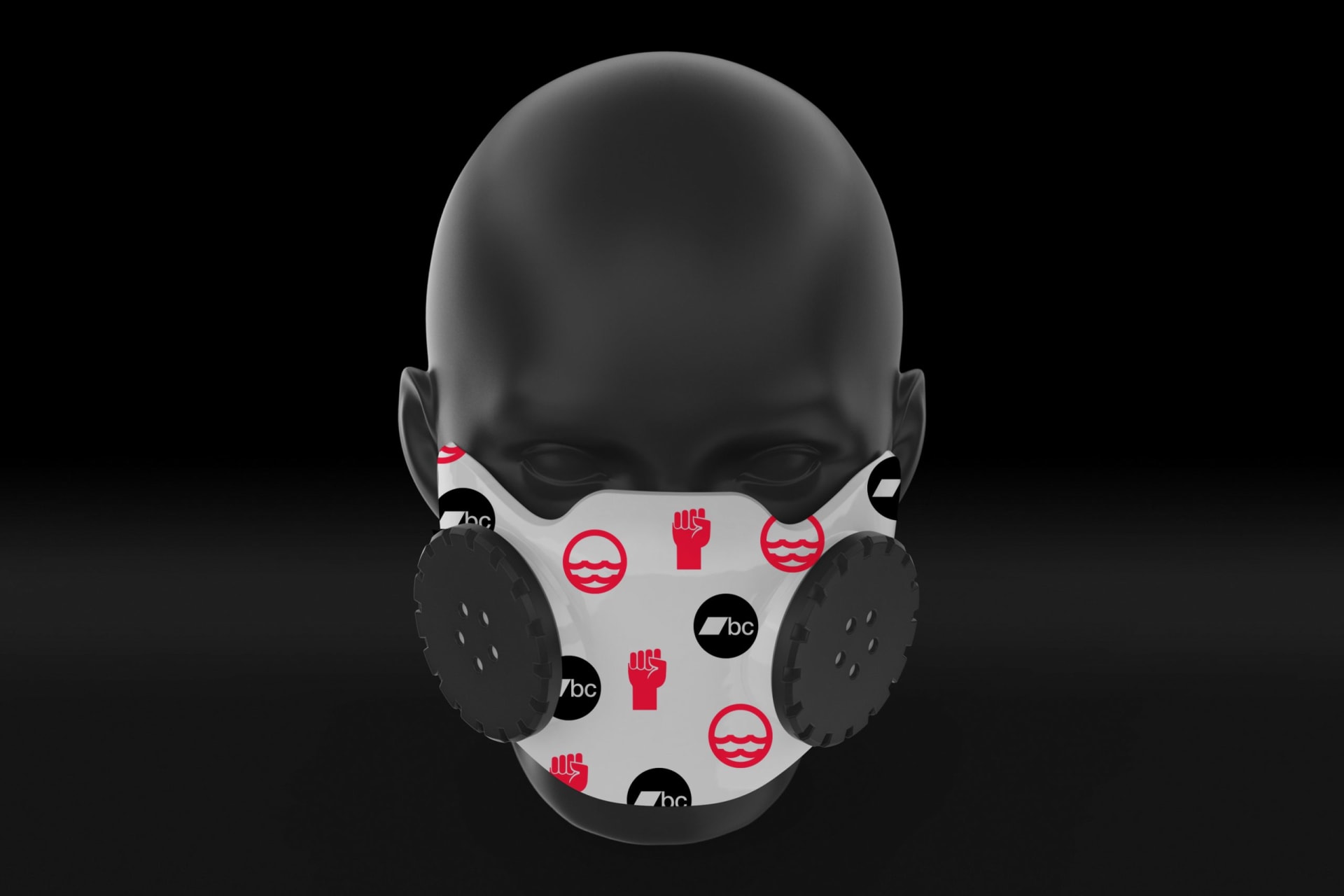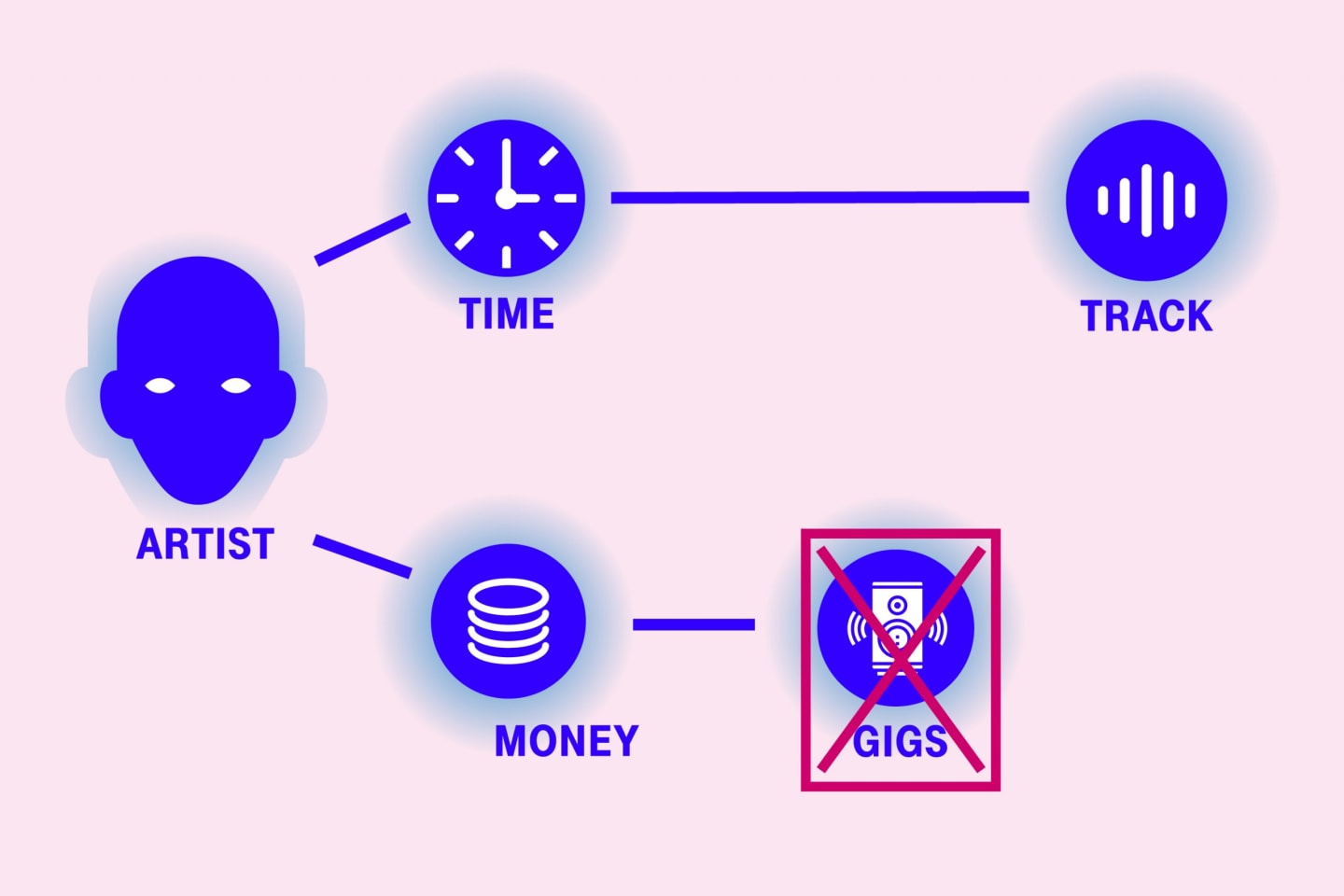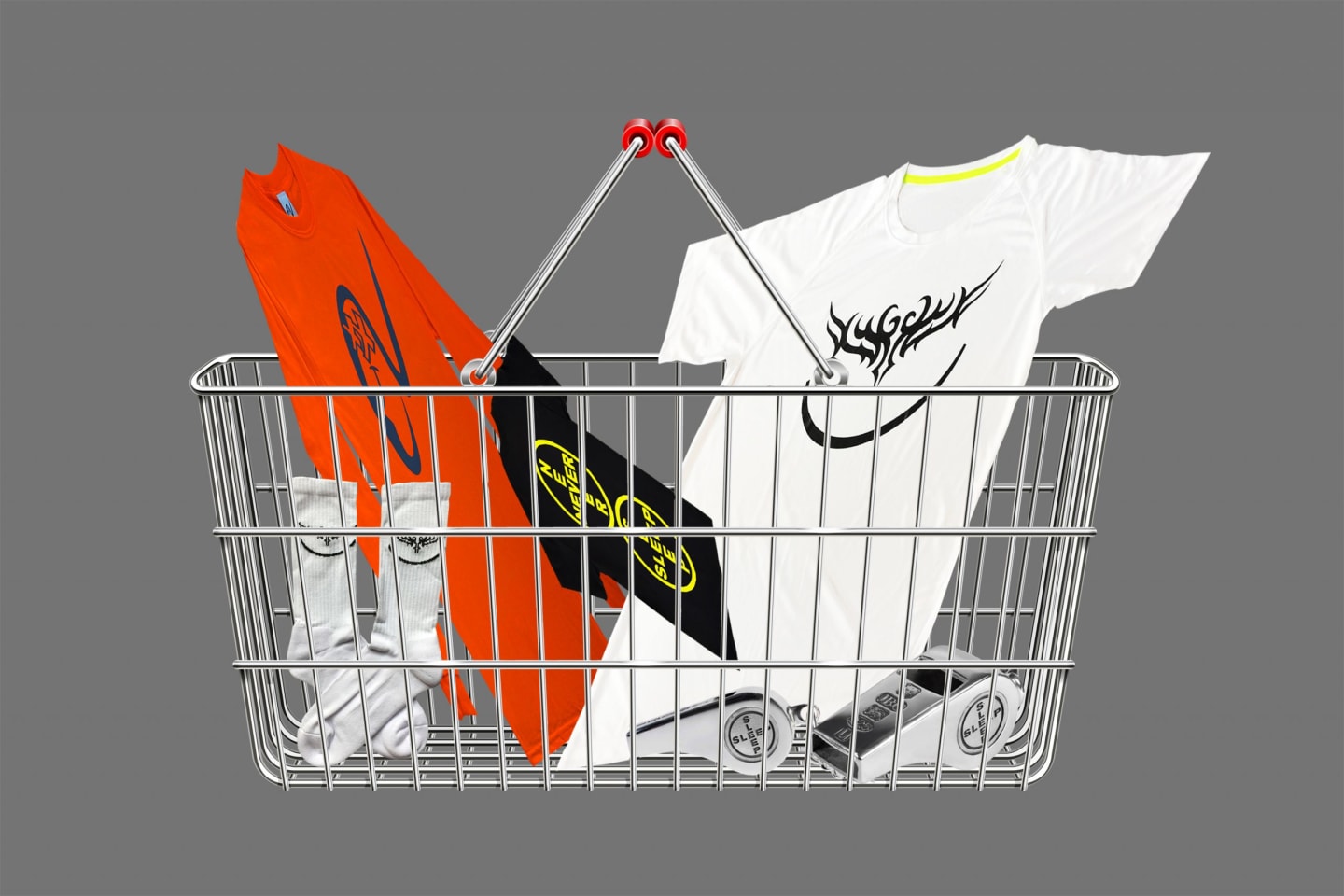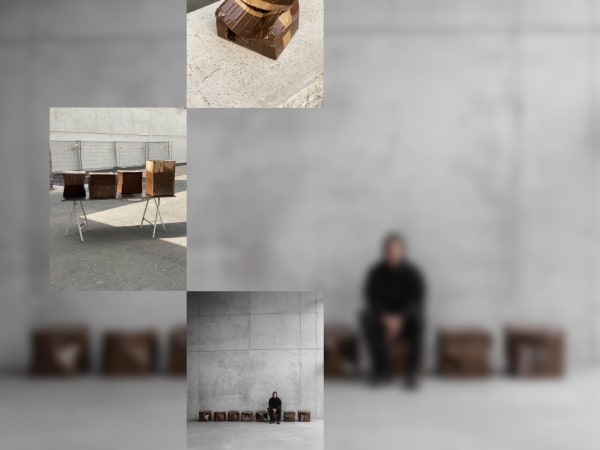

Show Support When You Can’t Show Up: How Fans Can Help Their Favorite Artists
As COVID-19 compounds the industry's flawed financial model, there is no better time to step up and champion the music community.
COVID-19 has destabilized national governments, public health infrastructure, and almost every industry. As the virus spreads, the music community, which has been centered around “experiences” for the last decade (i.e. forcing artists out of the studio and onto stages to make up for a lack of any passive income based on their craft), is particularly under threat. The pandemic has shown us how ill-equipped the industry is to support artists who are unable to participate in the gig economy. But it’s also forced us to reexamine the music industry’s deeply flawed profit model and consider the limited ways fans can give back to their favorite artists.
The global hiatus for the live music business is a shock to the system. Seemingly permanent fixtures in the industry—from larger events like SXSW and Coachella to cultural institutions like Berghain—have to, at least for the moment, disappear. And while this may only be a temporary condition, its impact on the live industry will certainly carry over after the pandemic. Many clubs rely on consistent weekly income to survive, meaning any interruptions in their programming could force closures—thereby reshaping the cultural ecosystems of entire cities.
This looming change, alongside the struggles that immobilized performers are currently facing, is catalyzing a necessary shift in how we should support artists and labels. In an era where physical and digital record sales are overtaken by streaming services (and even streaming giants rely on touring), we need to figure out how to be conscious consumers.
Become a better patron to your music community.
The best option, at least for the moment, is direct-to-consumer sales, with the most obvious choice being through Bandcamp. On the platform, the supply chain (at least for small labels, scenes, and independent artists) is smaller than most other distributors, meaning more money actually gets to the creator of the work. Fans decide how much they want to support the artist, Bandcamp takes a 10-15% share, and the rest goes directly to them.
Bandcamp recently waived this share to offset the financial burdens Coronavirus has put on artists. And while this had a positive effect on artists, it also brought some deep-seated issues in music monetization to light. Plus, it did not do away with the inherent problems of how music and the listening experience are valued.
Many successful, well-known producers work in other industries like fashion, film or advertising to get paid. For these artists, touring is what helps them stay connected to their music communities, but it simply isn’t enough to pay the bills. For the musicians who don’t have alternate income streams, every cancellation heightens an already precarious financial situation.
While the last few years of developments in the music industry have convinced everyone that they shouldn’t have to pay for anything, it’s time to consider how little our favorite artists may be made on the music they spend hours creating—and how we should spend the money we would normally use for concert tickets or club entry fees. If we consider it as the only income these producers and artists will receive in the coming months, paying for music becomes much more attractive.
Right now, everyone could be better music patrons and panic-buy tracks directly from artists to help with their financial instability. But as music libraries are still available to (cheaply) stream, it’s also necessary to reevaluate revenue streams to create better and less exploitative “worker-employer” relationships between artists and streaming platforms, major record labels, brands, and festivals—or even consider abandoning the most exploitative relationships altogether.
Reexamine your participation in a flawed industry model.
The most profitable industry models do not favor the artist. Music is valued as a commodity and sold in marketplaces (i.e. one track is valued at 99 cents on Apple Music and an EP sells for a few bucks on Bandcamp), but on streaming platforms, artists receive almost nothing in profit from each stream based on a dated royalties model. What’s clear, has been ongoing, and is now an increasingly urgent issue is that artists get little to no revenue from these companies because they adapt an old retail commodity model for new methods of accessing music. These models only allow artists to receive attribution or exposure for their work–which, ideally, consumers would eventually go purchase online.
During this time, performers and DJs do not have financial protection for the cancellations of forthcoming gigs. No insurance exists, in any industry, to cover losses in unforeseeable circumstances like this pandemic.
Given the circumstances, artists, promoters, and venues have asked fans to refrain from requesting refunds for any canceled shows or festivals as a way to help remunerate touring acts and also sustain the entire live music and club ecosystem. Pushing artists to rely on a broken and unstable gig economy for income demonstrates, as streaming economy critics Mat Dryhurst, Liz Pelly, and others have reiterated time and time again, that musicians are not valued for the time required to produce a song.

There are no technological solutions for social problems.
The services and initiatives that work with ID tracking technologies to identify copyrighted material online are still in their nascent stages. But without mass adoption and steady royalty payouts, these technologies won’t be sufficient to overcome the current industry standards. Using a track in a DJ set or radio show–affording access to one track without providing attribution or compensation–is still a murky territory. Collecting data on where a track shows up on Soundcloud or Mixcloud can’t accommodate performers and DJs when faced with tough economic setbacks. In the past weeks, we’ve seen that it’s the communities around artists that rally the most for their financial support, as in the case of Berlin Collective Action: Nightlife Emergency Fund.
Explore other ways you can financially empower these artists.
Alongside buying from Bandcamp, those looking for a more tangible reward for their donations should turn their attention to the recent influx in electronic and club music merchandise. Club merch isn’t only a viable source of side income for most artists, labels, and collectives; it’s also been a hotbed for innovation, where musicians’ collaborations with graphic artists, designers, and fashion labels have pushed memorabilia way past the standard logo-on-a-T-shirt approach—an idea which we discuss at length in this recent feature. The merch scene is booming at the moment, and there couldn’t be a better time to cop some garments from your favorite artists.
One of the newest and most interesting ways that artists can receive direct funding (and obtain a regular paycheck) is a new startup called Currents FM. Since its inception, artists in the global underground have been flocking to the new revenue model that allows them to share exclusive content (playlists, mixes, stems, unreleased tracks, or whatever else they like) with fans who subscribe to their channels. Artists agree to produce regular content, and for the price of “a coffee a month” (or around 2.50 EUR), they receive more direct revenue than 18,000+/100,000+ streams on Spotify and Youtube respectively.
What Currents FM offers is immense: for the first time, a subscription-based music service lets you decide which artists deserve your money (instead of distributing it based on the one-size-fits-all approach, where artists with the highest streams get the biggest payout). By decentralizing the distribution of revenue, the platform could lead to an uncharacteristic level of financial consistency for musicians, allowing them much-needed passive income that could allow them to take breaks (or, you know, self-quarantine).

There are other platforms some musicians have experimented with, but they usually lack a focus on music-industry-specific solutions or a large enough crowd of musicians or fans to be viable. Outside of the aforementioned income streams, there aren’t many options for musicians and producers—and even fewer for people who strictly identify as performers or DJs. In the midst of a crisis that has upended our industry, we need to ask ourselves: Is there a better way to give artists a much-needed safety net? Is there a way that we can alter the system so a crisis like this never happens again?
Making distinctions, new perspectives.
We are left with interim solutions for the financial setbacks artists currently face. In the midst of what seems like international pandemonium, when musicians, producers, and DJs face mass unemployment, we are at a critical time to act. Consider donating to the live streams popping up over social media, purchasing an EP (or several) directly from an artist or independent record label, ordering merch from radio stations or DJ collectives and staying informed about what type of support local music communities need at this moment. As the world sits at a standstill, here is another reminder to act in solidarity with the music community.
These are the immediate actions to take right now. Once we come out of this crisis, the demand for healthy financial support systems still holds and will depend on drastic transformations to an ineffective industry norm. For too long, revenue models for performers and DJs have relied on bookings or commercial interest while their musical contributions generate profit for industry giants. Now, more than ever, it’s vital to throw down the gauntlet and help empower the creatives who push the industry forward.
Published March 27, 2020. Words by Jazmina Figueroa & Zach Tippitt.







Follow @electronicbeats